Our Mission.
The Whiting School of Engineering’s mission is to:
- Provide an outstanding engineering education that is
 innovative, rigorous, and relevant, and that prepares its graduates to be 21st century leaders.
innovative, rigorous, and relevant, and that prepares its graduates to be 21st century leaders. - Advance the boundaries of engineering inquiry through research and the creation and dissemination of knowledge that improves the well-being of society.
- Solve pressing societal problems through translational activities.
Where Are We Going?
WSE’s vision is to elevate its programs to the extreme top tier of engineering schools in the world. We will do this by developing strategies to tackle large societal grand challenges. By leveraging cross-cutting thematic initiatives, we will drive and focus our ambitions in the areas of data science, machine learning, and AI—as well as areas across a range of critical and emerging fields—from neuroscience and precision medicine, to climate resilience and sustainability, public sector innovation, and the social sciences and humanities.
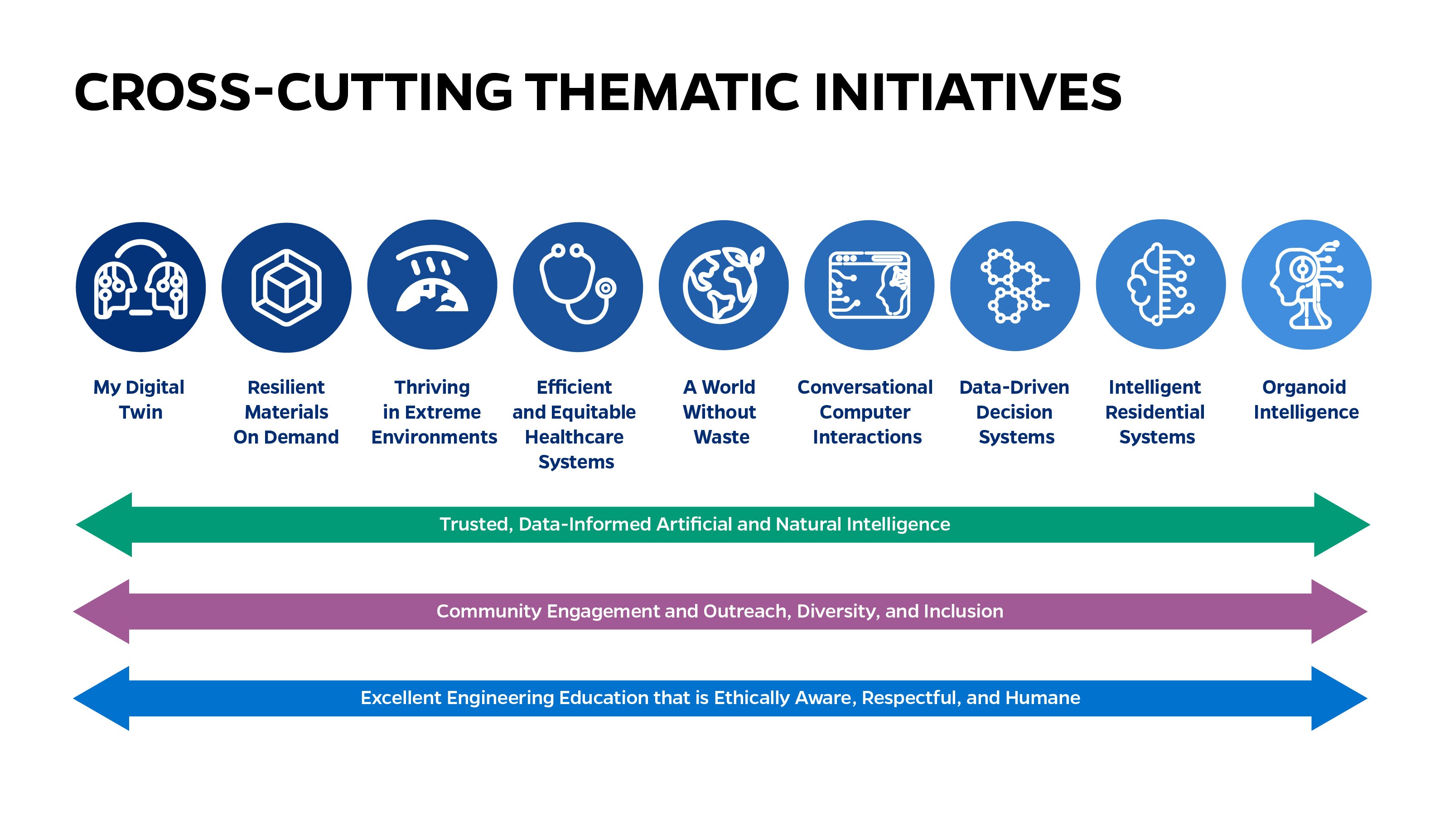
Over the next five years, we will bring together 150 more world-class experts renowned in their fields, including 30 new Bloomberg Distinguished Professors, with substantial cross-disciplinary expertise to impact all of Johns Hopkins University.
It is because the Whiting School of Engineering is at the center of this great ecosystem that we are able to collaborate with sister divisions, such as such as the School of Medicine, the School of Public Health, and and the newly opened School of Government and Policy in Washington, D.C. where we have the opportunity to convert ideas to policy, as well as collaborate with partners in industry and at the forefront of discovery, such as the Johns Hopkins Applied Physics Laboratory, the nation’s largest university-affiliated research center.
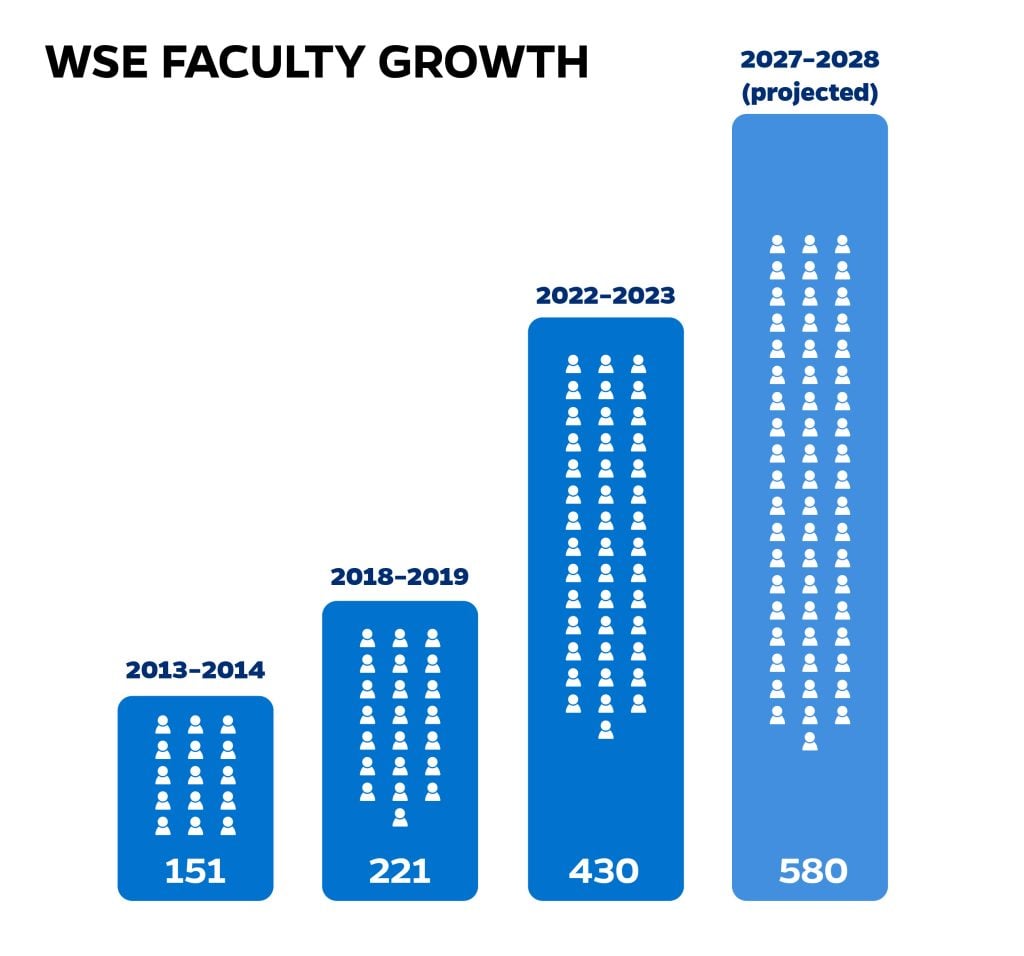
New Data Science and AI Institute.
Over the next five years, Johns Hopkins University—led by the Whiting School of Engineering—will build a transformational Data Science and AI Institute, the nation’s foremost destination for emerging applications, opportunities, and challenges presented by data science, machine learning, and AI.
The institute will serve as the nation’s epicenter of research and education dedicated to the application, understanding, collection, and risks of data and the development of machine learning and artificial 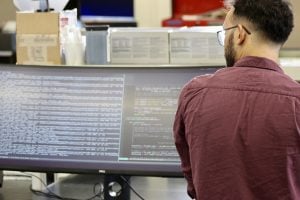 intelligence systems across a range of critical and emerging fields, from neuroscience and precision medicine to climate resilience and sustainability, public-sector innovation, and the social sciences and humanities.
intelligence systems across a range of critical and emerging fields, from neuroscience and precision medicine to climate resilience and sustainability, public-sector innovation, and the social sciences and humanities.
The institute will include a state-of-the-art facility on the Homewood campus and an expansion of our computing resource capacity to the scale required for an initiative of this dimension as well as a search for talented and visionary faculty that is unprecedented in its scope and size.
How Did We Get Here?
Johns Hopkins University’s history is rooted in multidisciplinary collaboration and discovery. It’s a legacy of academic excellence and societal impact that spans nearly 150 years. In that time, we’ve defined and redefined the limits of innovation, developed the research that’s advanced our civilization, and discovered new worlds beyond and within our own.
As part of its planning for the future, the school and the university invested substantial funds in the AI-X Foundry, which has laid the groundwork for the latest step on this path to preeminence—the new Data Science and AI Institute.
The Path to Preeminence.
Under the leadership of three-term Dean Ed Schlesinger, the school has doubled its annual revenue to $408 million and grown its endowment from $124 million in 2014 to $223 million in 2023.
Over the past 10 years, undergraduate applications have increased by 55%, enrollment in full-time master’s programs has grown by 196%, and doctoral applications have increased by 94%.
Who Are We?
Education, Research, and Translation
These three tenets of our mission support the advancement toward our shared vision of preeminence.
Education & Reputation
Outstanding engineering education that is innovative, rigorous, and relevant.
Ranked by U.S. News & World Report:
- No. 1 in Biomedical Engineering (tied)
- No. 1 in
- No. 9 among National Undergraduate Universities
- No. 6 in Online Graduate Engineering Programs
- No. 14 in Best Engineering Schools
Research
Pushing the boundaries of inquiry to have the greatest impact on society.
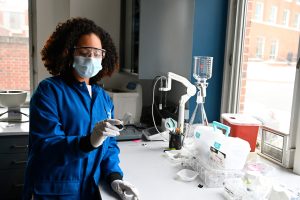 Established in 1876, Johns Hopkins is America’s first research university. The total activity in sponsored research funding initiated by WSE faculty continues to grow. Over the past five years, overall research funding has increased by 32%, with the NIH funding growing by 74% and other federal funding (not including the NSF and DOD) growing by 112%.
Established in 1876, Johns Hopkins is America’s first research university. The total activity in sponsored research funding initiated by WSE faculty continues to grow. Over the past five years, overall research funding has increased by 32%, with the NIH funding growing by 74% and other federal funding (not including the NSF and DOD) growing by 112%.
Translation
Translating knowledge into innovations that improve society.
Since 2014, JHTV has been advancing innovation ecosystems and developing tomorrow’s solutions for today’s biggest challenges.
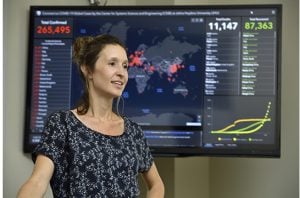
Lauren Gardner with the COVID-19 dashboard
It boasts:
- 1900+ technologies
- 150 commercial startups
- $4 billion in venture funding
- 30+ active research collaborations
